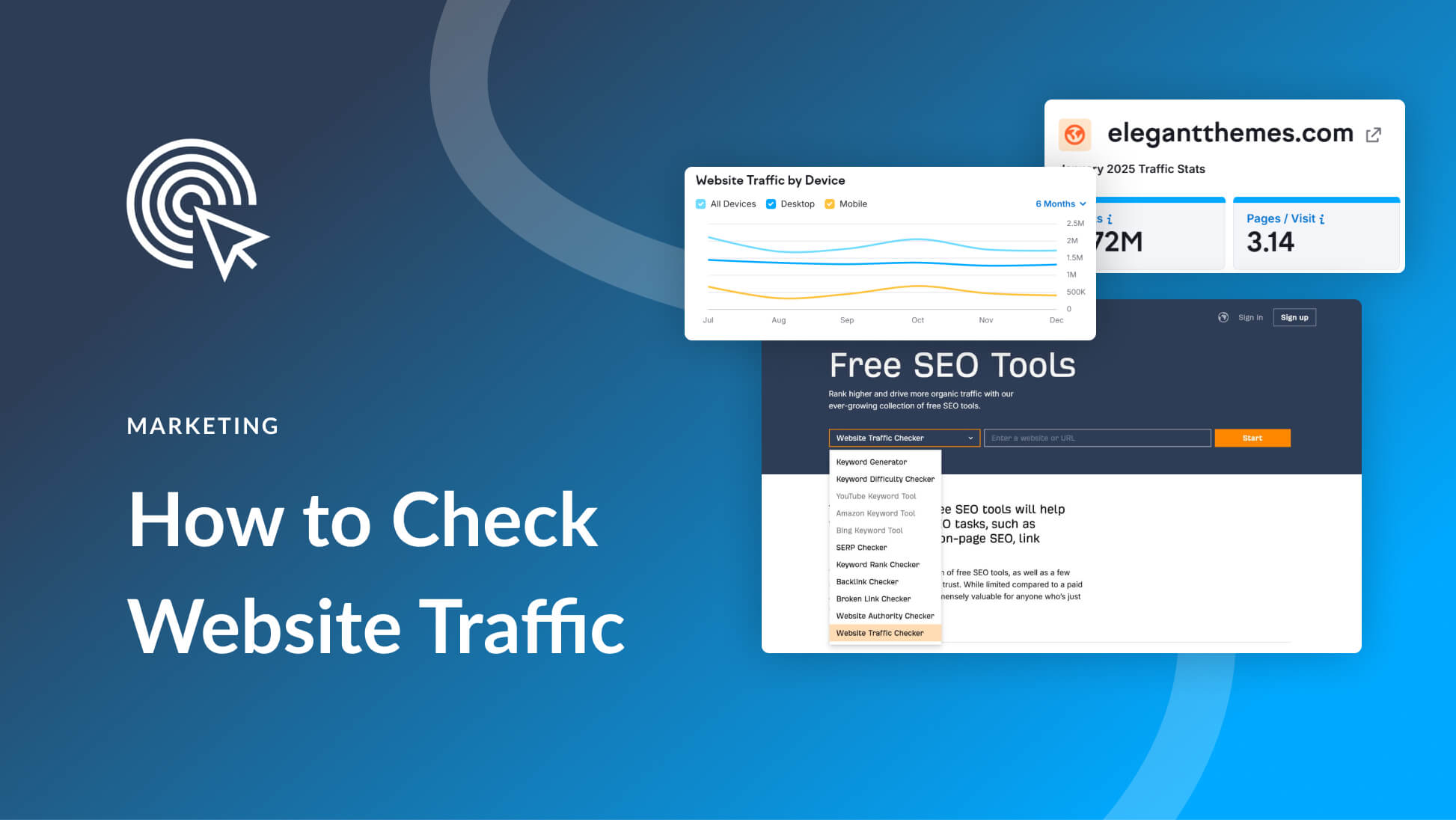As a small business or entrepreneur, you know how much work it takes to market your products and services to the right people. Digital marketing, content marketing, and social media marketing are all huge parts of the process. But none of them will work to your advantage without the right dose of product positioning.
In this post, we’ll look at what product positioning is and how you can use it to improve your marketing. Whether you are a solopreneur offering website design or if you run a small design agency, product positioning can help you get your brand in front of the right people.
What is Product Positioning
Product positioning sets the stage for every step in a marketing strategy. The main idea of product positioning is placing a product or service in front of the people who use it, want it and ultimately need it. Product positioning helps you create a brand message which will resonate with your target audience in a language they will be drawn to.
The aspects of your product or services which are controlled by product positioning range from pricing to packaging, slogans, labeling and where and when to promote video or print advertisements. Successful product positioning sets you apart from your competitors and shines on how you are different and special. It shows your target market why they need your products and services. Product positioning plays on the customer’s mind and emotional reactions.
The advantages of product positioning apply to businesses of any size. It can help freelance designers get better clients just how it can help position a huge brand as big as Coca-Cola. The size of the business doesn’t matter, it’s all about the customer and knowing how to reach them at their level.
First Steps Towards Succesful Product Positioning
Let’s take a look at what you need to do before positioning your product or service.
Undergo Market Research
The very first step is to do some market research. This process is quite different for a large company in comparison to a small or personal business. A large firm or corporation can hire a market research service to run focus groups, collect data on competitors and create marketing comparisons. A small business or even a freelancer can do the same by simply talking to their clients and their surrounding community.
The main idea of market research is to pinpoint the target market and end-user. The more detailed the analysis, the easier it will be to position your product. For example, is the range of your services geared towards coaches? Define what kind of coaches; life coaches, business coaches, family coaches. Are they mainly women or men? Are they located in a specific region, are they of a certain age?
Define your Differentiators
With the help of the market research and the knowledge of your business, it’s necessary to define your differentiators. A differentiator is that special thing that makes you stand out from the competition. A differentiator must cover three key factors:
- It must be the truth. Simply making something up will not work in your favor.
- It must be important and relevant for your target market and customer.
- You must be able to prove it.
Your key differentiator will be a ruling factor for how the product positioning evolves. It’s what gives the whole process an anchor. In some cases, you might have two differentiators that apply to two different target markets. This happens when your product line or service is of good value to more than one target market. Use differentiators for A/B testing, then stick to what works.
Craft a Positioning Statement
After the market research and a defined differentiator, it’s time to craft a positioning statement. This is similar to a mission statement or brand statement. Take a look at what a positioning statement looks like:
For consumers who want to purchase a wide range of products online with quick delivery, Amazon provides a one-stop online shopping site. Amazon sets itself apart from other online retailers with its customer obsession, passion for innovation, and commitment to operational excellence.
The above positioning statement is an example statement from Amazon, it’s part of a great list of examples published by Hubspot.
To create your own positioning statement, you can follow a simple guideline. First, fill in the info below, then write is as a paragraph:
- The name of your company or brand:
- What you do:
- Who you do it for:
- Your differentiator, why customers choose you over others:
- Proof to support the claims in your statement:
This statement is an internal tool that sets the mood and anchor to every following step in your product positioning and marketing strategies. It’s not a text meant to be shared as a marketing slogan but rather an anthem for your team. Use it for inspiration and reassurance that your strategy is on the right track.
Review Your Branding and Brand Message
Once the product positioning statement is ready, it’s time to review your branding. If you haven’t done your branding yet, then use the work you did for product positioning to guide the branding strategy. Knowing the target market and your differentiator will help choose the right colors, fonts, and slogan. On the other hand, if you already have a branding scheme in place, simply review it to see how it fits with the product positioning statement.
In most cases, you won’t need to change anything but in others, you might need to undergo a full rebrand. For example, if you are a one-person business and the name of your brand doesn’t represent you or your customer, you will need to change it. That’s why many designers and developers simply use their name as their brand, to maintain a sense of personality and dependability.
Apply it All to Your Marketing and Advertising Strategies
Now it’s time to do the actual positioning of your product. According to what your market research showed, price your products and services accordingly. This process is not about overcharging or undercharging but more about how to price. Many people react positively to numbers that end in .99 while others might find it irrelevant. Are your products worth $200 or $199? Does your target market care about the difference?
When it comes to advertising your product, you need to know where your target market is spending their time. If they are watching YouTube videos, then you should be advertising there. Do your customers sell handmade products? Buy ad space on Etsy. Are you a former rock musician who designs websites and knows exactly what a musician needs from a website? Go and do PR at concerts. Give your card to the musicians and their managers, look for online communities for musicians and do some friendly PR.
All the work you did for your product positioning will mean nothing if it’s not implemented correctly. Don’t stray away from your target market and talk to them in a personal and emotional way with your marketing.
Examples of Product Positioning
Below are some common product positioning examples. Take a cue from these but also find a way to be unique and original. If the video ad for your WordPress development business is one in many on YouTube, how will you make it stand out? Maybe you need to advertise on smaller platforms instead.
- Fast food, car, and beer commercials during football games.
- Makeup ads in fashion magazines.
- Divi video ads in YouTube design tutorials.
- Household product commercials during day-time television.
- Children’s cereal at eye level in supermarket aisles.
- Classic snacks at store checkout lines.
- Pet product posters in pet adoption centers.
- Tour operator brochures at hotel reception desks.
- Freelance services showcased in an online portfolio and shared on Linkedin.
- A mention during a podcast.
Conclusion
In this post, we looked at product positioning and how it can help your marketing. You don’t need to have a large company to be able to do product positioning right. Even If you have a small enterprise or are a freelancer, this technique will help. Since the idea of product positioning is to showcase differentiators to a target market, it’s all about knowing who that target market is and appealing to them in a way which they will feel compelled to react. I hope this helps you get a better idea of how you can implement product positioning in your design and development business. Let me know if you have any questions in the comments.
Featured Image via Visual Generation / shutterstock.com









Leave A Reply